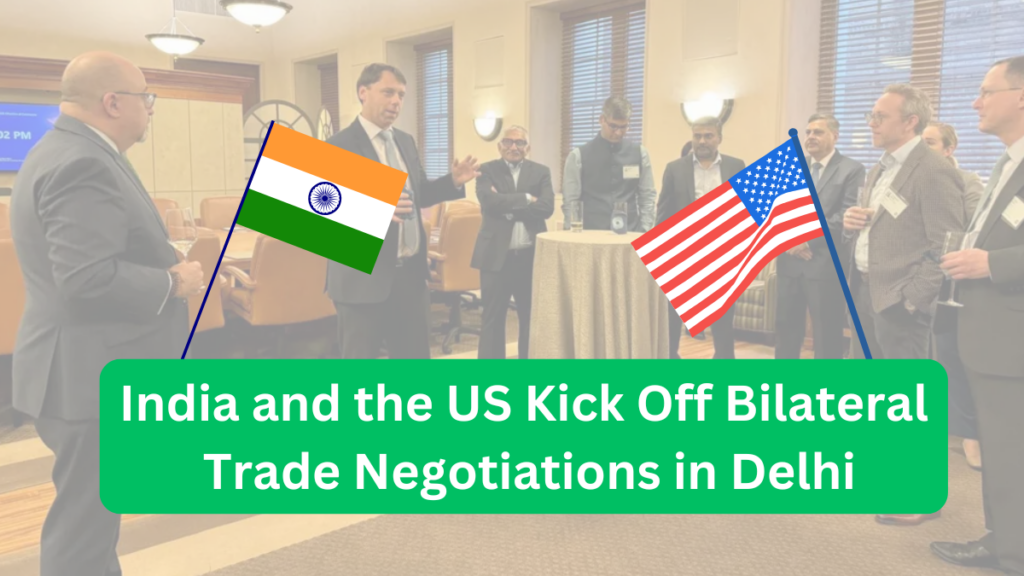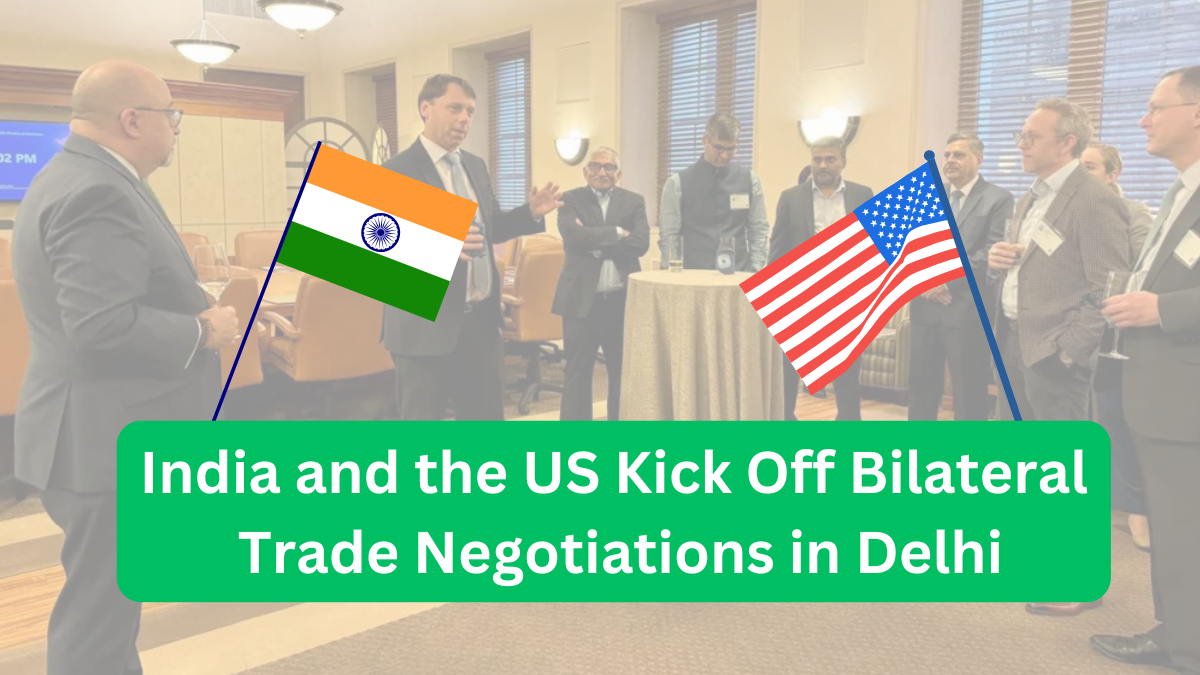India and the United States have commenced bilateral trade discussions in Delhi, set to continue until Saturday. These negotiations mark a crucial step in strengthening trade relations between the two economic giants.

Key Highlights of the Trade Talks
- A high-level US delegation, led by Assistant Trade Representative for South and Central Asia, Brendan Lynch, arrived in Delhi on Tuesday.
- The discussions come ahead of former President Donald Trump’s April 2 deadline to impose reciprocal tariffs on multiple countries, including India.
- Both nations aim to negotiate a multi-sector bilateral trade agreement to boost market access and reduce tariff and non-tariff barriers.
- India’s junior commerce minister, Jitin Prasada, informed Parliament that the trade deal could cover various sectors.
The Ongoing Trade Negotiations
The trade relationship between India and the US has been a focal point since Trump took office. In recent years, there has been an effort to recalibrate trade terms to benefit both sides.
- Indian Trade Minister Piyush Goyal made an unscheduled visit to the US in March to continue discussions.
- This followed Indian Prime Minister Narendra Modi’s visit to Washington in February.
- The two nations had previously set a target of increasing bilateral trade from $190 billion to $500 billion.
- However, tensions persist, with the US repeatedly labeling India as a “tariff king” due to high import duties.
India’s Tariff Adjustments and Trade Imbalance
India has made some tariff reductions to address US concerns, including:
| Product | Previous Tariff (%) | Revised Tariff (%) |
|---|---|---|
| Bourbon Whiskey | 150 | 75 |
| Motorcycles | 100 | 50 |
| Other US Products | Variable | Reduced |
Despite these adjustments, the trade deficit remains in India’s favor, with a $45 billion trade surplus. India’s average tariff rate stands at 12%, significantly higher than the US’s 2%.
What’s on the Table?
While officials have not publicly disclosed the details of the trade talks, reports indicate that:
- India may reduce tariffs on over half of US imports worth $23 billion to prevent reciprocal tariff hikes from the US.
- Trump had initially insisted on tit-for-tat tariffs, meaning the US would impose identical charges on imports as other countries did on American goods.
- However, he later suggested that the US might be more lenient with some nations.
“We may take less than what they’re charging because they’ve charged us so much,” Trump stated, hinting at potential flexibility.
FAQs
1. Why are India and the US negotiating a new trade agreement?
The goal is to increase market access, reduce tariffs, and ensure a more balanced trade relationship that benefits both economies.
2. What products has India lowered tariffs on?
India has reduced tariffs on Bourbon whiskey, motorcycles, and some other US products to ease trade tensions.
3. What is the current US-India trade volume?
Bilateral trade between the two countries was $190 billion, with a goal to increase it to $500 billion in the coming years.
4. How does India’s tariff rate compare to the US?
India’s average tariff rate is 12%, significantly higher than the US’s 2%, contributing to trade imbalances.
The coming days will be crucial in determining the future of India- US trade relations and whether both nations can strike a fair deal that aligns with their economic interests.
Click here to learn more
